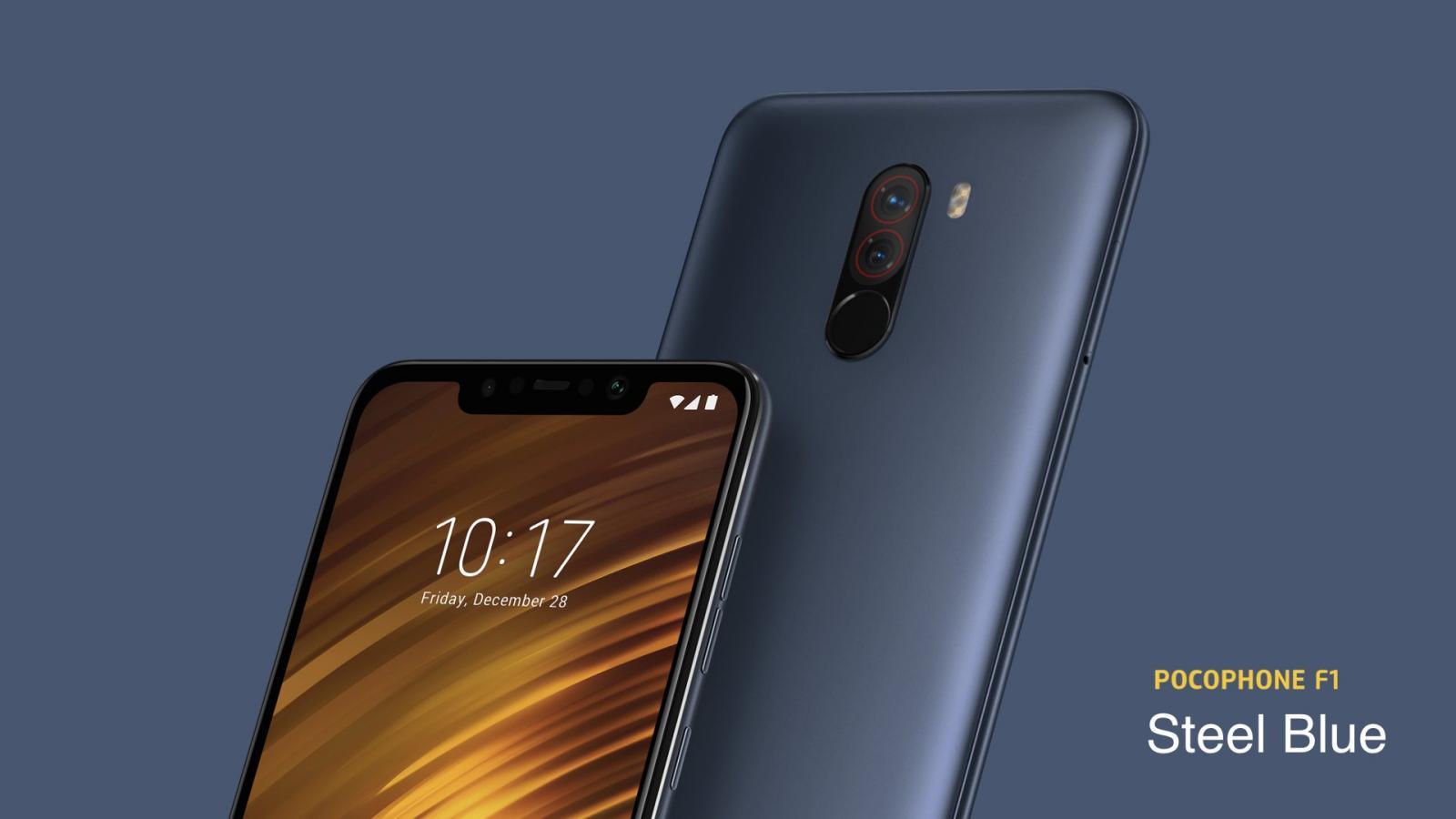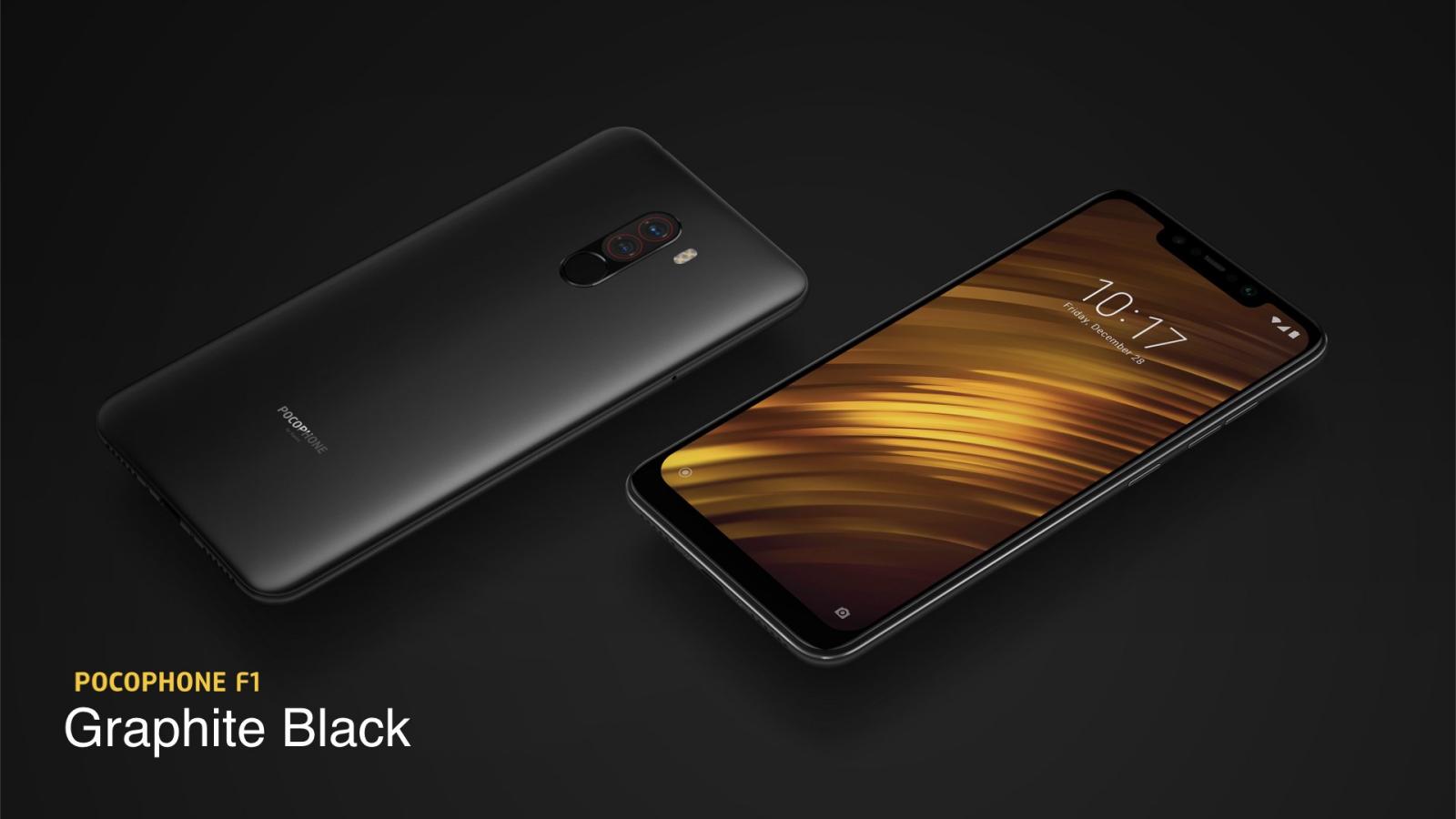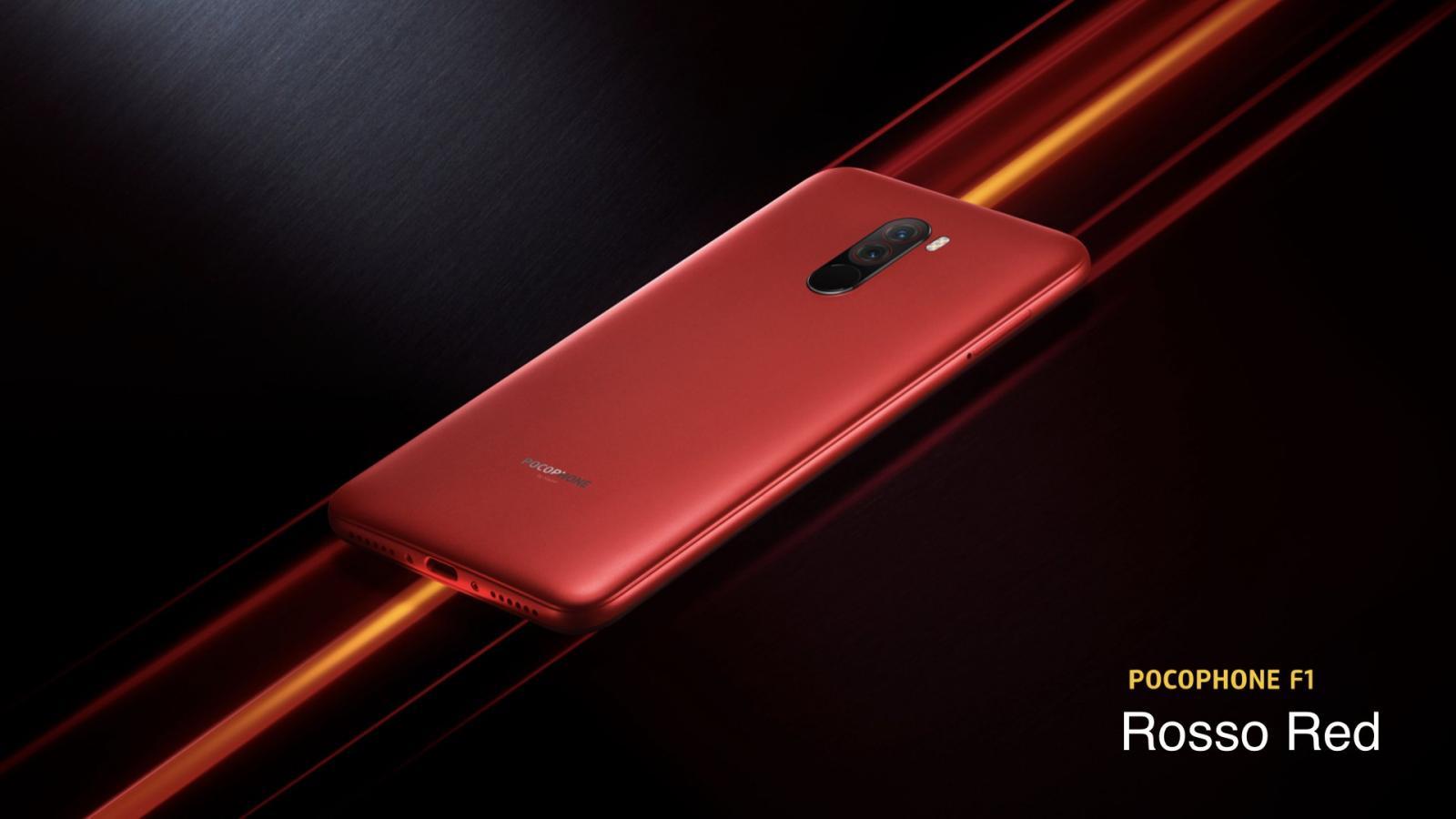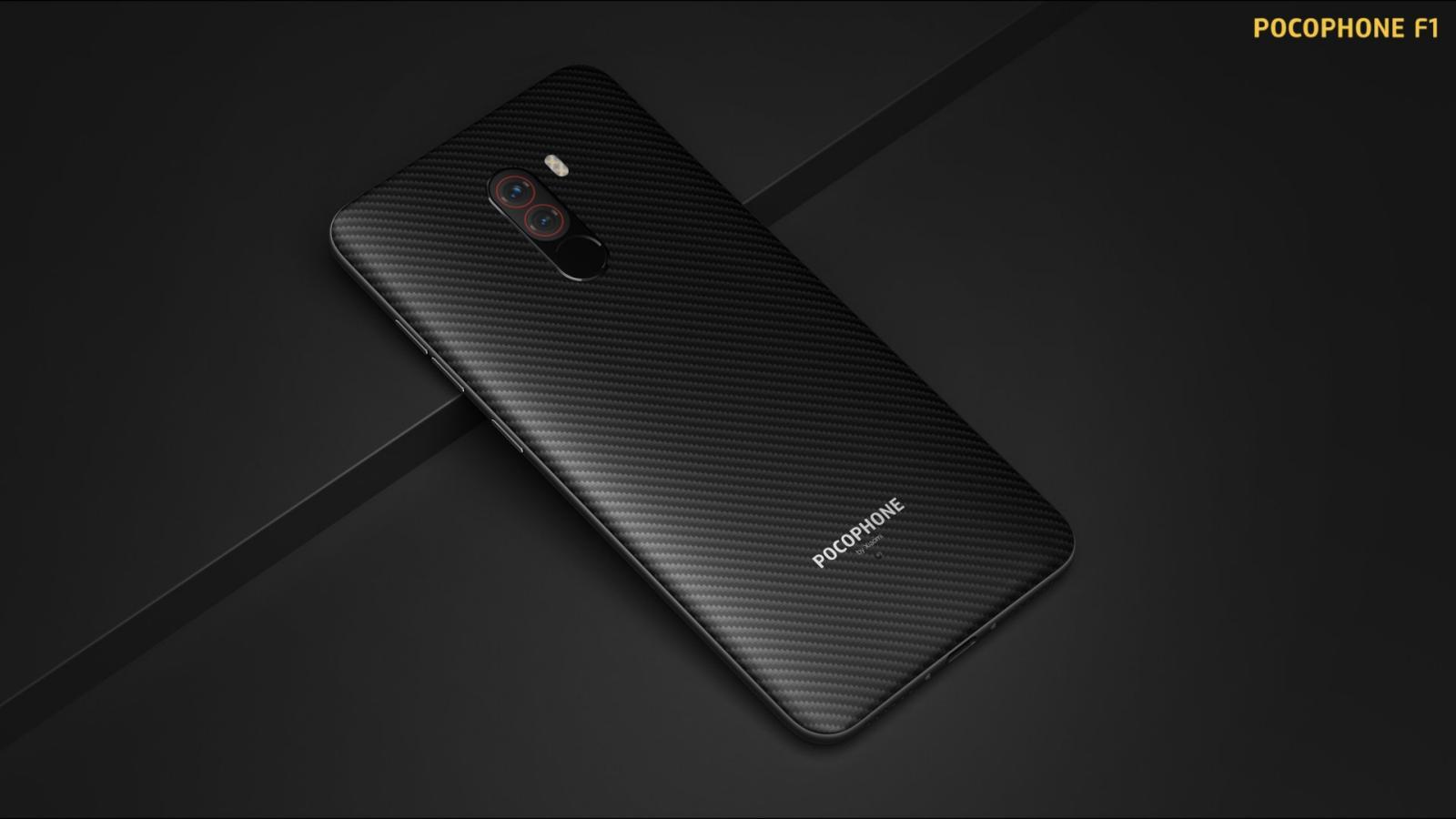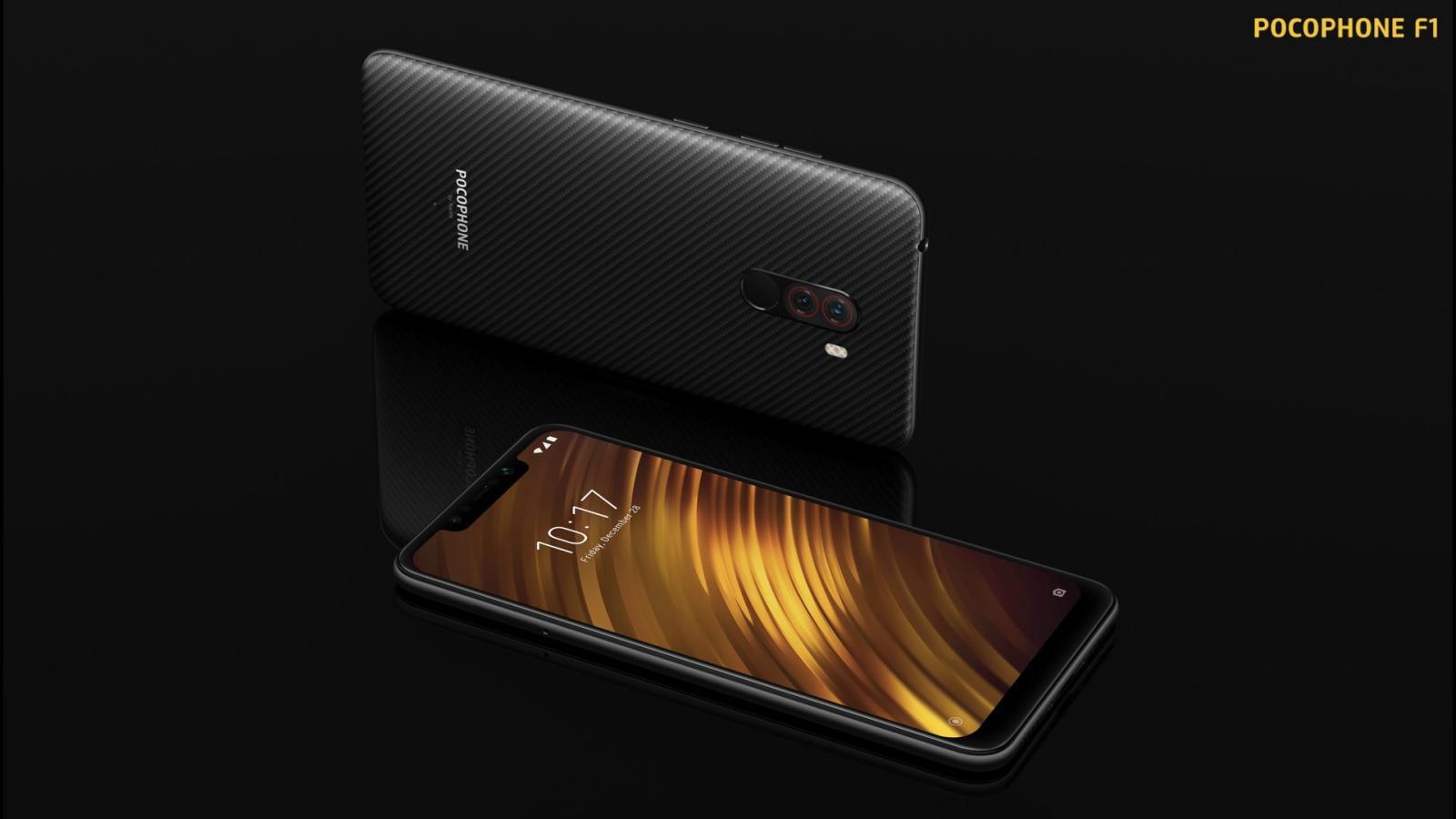POCOPHONE F1 Global Rollout: Why It Matters
OnePlus should probably be a bit worried right now with its status as the flagship killer being threatened by a challenger that is both old and new. Xiaomi-born POCOPHONE, a.k.a. Poco in other countries, has just revealed its grand plan to make the POCOPHONE F1, a.k.a. Poco F1 in other countries, available throughout the world. Well almost throughout the world. But more than just worldwide availability, the POCOPHONE F1's real selling factor is its selling price, which is a lot lower than the OnePlus 6.
Truth be told, the POCOPHONE F1 and OnePlus 6 are nearly identical in every important way. Yes, the OnePlus 6 has a slightly larger 6.28-inch screen over the POCO F1's 6.18 inches, but both max out at FHD+, with some extra space for a notch, of course. They both run on a Qualcomm Snapdragon 845 with 6 or 8 GB of RAM, and nearly the same 64 to 128 GB storage options, though the OnePlus 6 does have a 256 GB option as well.
There are, of course, some differences, both good and bad. The POCOPHONE F1 cut a few corners to achieve its price point, like having no NFC chip. That means no Google Pay or related features. At least when it comes to megapixels, the POCO also loses out with its lower 12 megapixel sensor paired with a 5 megapixel depth sensor. It at least makes up for that with a large 20 megapixel selfie camera.
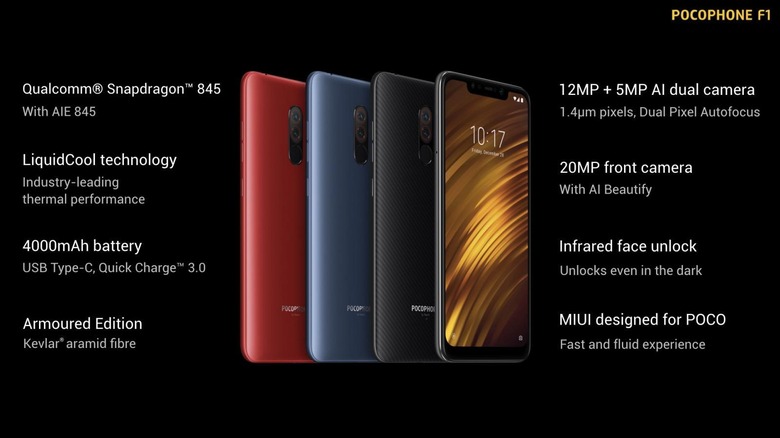
On the flip side, the POCOPHONE F1 does have a massive 4,000 mAh battery that puts many flagships to shame. It also boasts of liquid cooling, which seems to be the latest trend among flagships these days. Most importantly, however, is the price tag. The POCOPHONE F1, at least in Europe, starts at 329 EUR, roughly $385, for 6 GB of RAM and 64 GB of storage. The equivalent OnePlus 6 price? $529.
After all, we do come from Xiaomi! #GoPOCO @GlobalPocophone pic.twitter.com/gKkyawsFrm
— POCO (@POCOGlobal) August 27, 2018
More than just the cost, however, the POCOPHONE F1 is also challenging OnePlus in terms of reach. When it launches in the last quarter of the year, it will be available in as much as 65 countries across all continents.
Noticeably missing is the US and Canada, so at least in that aspect, OnePlus may still have the upperhand. Being a Xiaomi phone, it's probably going to take a while. Suffice it to say, OnePlus has just gotten some very stiff competition so it will have to step up its game now that it no longer has a price advantage.

